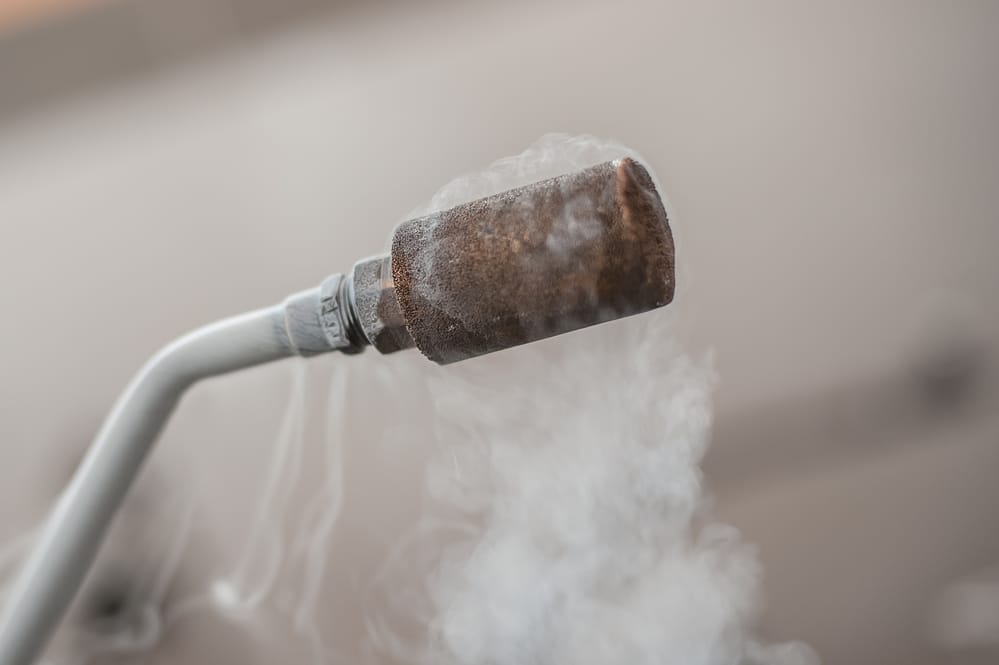
Cryogenic piping is used to transport substances that have an extremely low temperature. The pipes must be able to withstand extreme changes in the liquids or gasses as they shift forms or thermal states. Cryogenic pipes are unique because they must be created with much higher quality materials, valves, and insulation than everyday pipes.
Cryogenic Piping Characteristics
Materials transported with cryogenic piping include helium, nitrogen, ammonia, fluorine, methane, and other similar goods. The temperatures of these substances can get as low as -253° C. Special piping must be used in order to prevent the combustion of the container during transport or storage.
When choosing a material to create cryogenic piping, there are a lot of factors to consider. It must be resistant to corrosion and combustion, extremely durable, resistant to oxidation and sulfation, and resist impact well.
Different grades of SA-333 can be used in the production of such pipes. However, austenitic stainless steel is often able to resist much lower temperatures. The piping also needs quality insulation made from expanded foams, vacuum insulation, powder insulation, or similar materials to be fully protected.
Cryogenic Piping Requirements
Cryogenic piping materials must be chosen with the utmost care. Due to changes in pressure, rising and falling temperatures, small impacts, and the weight of the materials, the requirements for creating these pipes are very stringent.
Some of the main requirements the materials must meet are durability in water, resistance to weather and wear, avoidance of bending and distortion, heat and flame resistance, ability to be mass-produced, low water absorption, and a density layer bonded with stainless steel.
Meeting these requirements means the piping can be trusted for professional transport with the risk of breakages, tears, or destruction of either the piping or the substances.
Cryogenic Piping Applications
There are other useful applications for cryogenic piping other than liquid natural gas transportation. For example, cryogenic pipes are used in the regasification process. When natural gases are not available, they can be moved as liquified natural gases.
These gases are usually moved while in the liquid state because the decrease in volume makes it easier than when they are in a gaseous state. In order to achieve this, the substances must be returned to an extremely cold state, which is only safely stored within cryogenic piping.
Cryogenic processing is also used in the industry of food and beverage processing. Many products, such as frozen foods, vegetarian meats, and sodas, require preparation with CO2 and nitrogen.
This helps products to last longer and reach stores in further destinations with their original quality. To maintain a healthy and protected atmosphere for the items, they must be stored in cryogenic units.
Cryogenic materials are used to store and move volatile materials that reach very low temperatures. Other details must be added that differ from regular piping as well, insulation and valve materials are also taken into consideration depending on the substances that will be contained.
The quality of the piping is the most important detail for transporting extremely cold substances. The correct construction of the pipes will prevent cracks, leaks, and accidents involving potentially dangerous gases.











